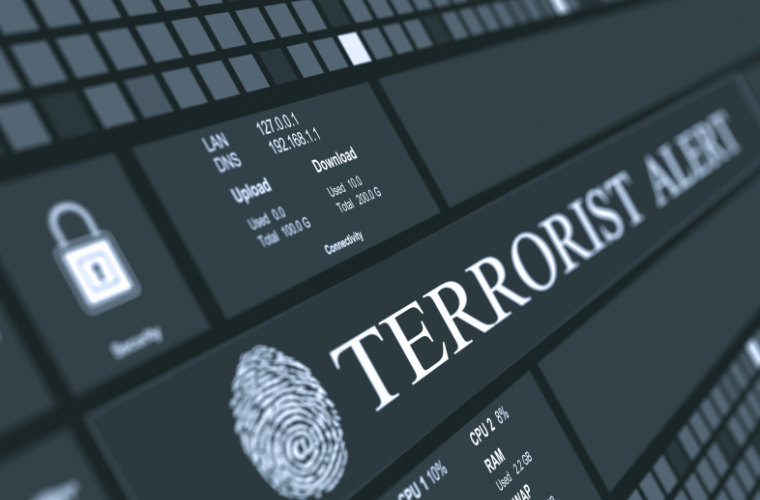Two reports have been published in english

“Introduction of hybrid threats of internal security” (Vladimir Sazonov, Erkki Koort, Priit Heinsoo, Kadri Paas, 2020)
The report is concerned with the potential weaknesses in Estonian security. The aim of the report is to draw attention to the current bottlenecks that need to be addressed. It also emphasises the need for more effective cooperation between the area of government of the Ministry of the Interior and the Defence Forces and the Defence League. The report explores how to respond operatively and make effective use of various methods in case of a hybrid threat (e.g. riots, radicalisation, increasing crime, terrorism, information and influence activities, cyber attacks).
Solving hybrid crisis situations requires well-integrated institutions and organisations operating with synchrony. The Estonian public and political decision-makers must be aware of the hybrid threats characterising unconventional warfare.
The study report “Introduction of hybrid threats of internal security” compiled by Vladimir Sazonov, Erkki Koort, Priit Heinsoo and Kadri Paas is available in the electronic database of the Estonian Academy of Security Sciences at https://digiriiul.sisekaitse.ee/handle/123456789/2576.
“Comparison of Security Policy Documents of the Baltic States” (Diana Marnot, 2020)
The overview “Comparison of Security Policy Documents of the Baltic States” by Diana Marnot provides a thematic analysis of the strategic security policy documents of the three Baltic states: “The Fundamentals of Estonian Security Policy” (2004, 2010, 2017), “The Latvian National Security Concept” (2008, 2019) and “The Lithuanian National Security Strategy” (2002, 2012, 2017). Although each country has also several other documents related to security, the ones mentioned above were selected in order to provide a description of the given thematic areas on as similar basis as possible. The sample was further conditioned by the availability of the documents in English. The time span was set by the attack on the Twin Towers in New York in 2001 changing the global security environment.
The author of the study points out the security threats common to all Baltic states, for instance, organised crime, corruption, terrorism, spread of weapons of mass destruction and the intelligence operations of foreign countries. The analysis of the documents also identified the differences between the countries with some of them forming the basis for more general recommendations made in the overview. For instance, the author recommends that, similarly to Lithuania, also Estonia and Latvia consider maintaining contact with immigrants of national importance and also participate in the Eastern Partnership programme. Following the example of Latvia, it could be recommended that Estonia and Lithuania express their support for Ukraine more clearly in future documents and also develop national rapid response and medical support units to provide assistance in international operations.
The unique feature of Estonia is to protect human rights also in the virtual space. Considering the increasing linkage of society with the virtual world, it can be recommended that also other Baltic states pay special attention to the protection of human rights in the virtual space. Similarly, following Estonia’s example, Latvia and Lithuania could be recommended to develop a concept of resilience for the psychological protection of the society including a number of security measures. It is clear that each country has a lot to learn from each other’s understandings and experience and the current overview points out some of the possible points of learning and development. The overview “Comparison of Security Policy Documents of the Baltic States” by Diana Marnot is available in the electronic database of the Estonian Academy of Security Sciences at https://digiriiul.sisekaitse.ee/handle/123456789/2568.